Inside the ‘Imaginative’ Process Behind the Premier League Lacrosse Club's Logos, Identities
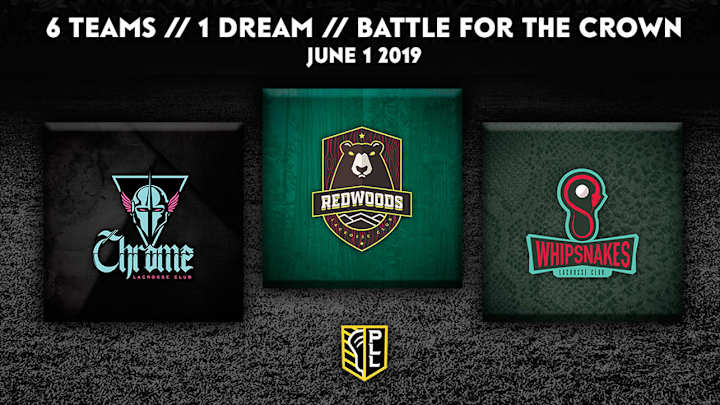
Over the span of six months, several hundred names were whittled down to few dozen, logos were drafted and more cuts were made, and then–eventually–what started as countless contenders became a final six and the Premier Lacrosse League’s inaugural class. Much of naming the teams was what league founder Paul Rabil calls “fluid and imaginative,” while other aspects–such as the legal ones–were more rigid. But through both the constraints and creative processes, the league came to their conclusion. The six teams that will take the field for the league’s first season in June are the Archers, Atlas, Chaos, Chrome, Redwoods and Whipsnakes.
Each “lacrosse club” was formed around the same concept that grounds soccer clubs across the globe. Instead of being focused on just one locale, the teams are hoping to invoke a feeling of membership that fans from anywhere are invited into. Each was also dubbed with a moniker that denotes the team’s intended identity.
Some of the names took a while to take hold. Conversation after conversation was about creating a “theme” to unite each unique name. While names like Chaos and Chrome came with time, some–like Archer and Atlas–clicked from the start.
“They just both felt right from the beginning,” Rabil told Sports Illustrated. “I was sitting at my desk in Baltimore in my old office and we were on the phone going through all of [the names] and I heard Archer and Atlas and I just knew those two were moving to the next round immediately.”
And while some of the names are “bigger,” for Rabil than others, he’s confident in the way they all turned out–especially given the distinctive challenges the league had to grapple with to create each individual brand.
“Atlas was such a big name for me,” Rabil said. “When we were talking about time and space and emotion, to have a team name that’s called ‘Atlas,’ feels very perennial so we wanted to identify what that would mean for one of our clubs.”
With the tour-based nature of Rabil’s brainchild, the league had to create nomenclature without a home base, with no city or locational identity to connect a team’s name to. Rather than search for names that could characterize one place or community, the league looked to concepts from topography to mythology to match each respective team’s chemistry and identity.
“With only six teams, if we tie them to cities, we become hyper-localized. So to be tour-based and to become ‘national’ overnight meant creating team names that don’t associate with a specific city,” Rabil said. “That is pretty abstract for how team names are traditionally created. We knew we were going to have to get creative and think about it in a different way. When we thought about building our organization, we wanted to build and brand lacrosse clubs.”
Months of research and roundtables resulted in six original team names, each of which embodies the essence of the collective unit–the name signifies the style of the group of players as much as the logos and the mascots match the same innovative impetus that birthed the fledgling league in the first place.
While each name is a guiding force for the soon-to-be teams, Rabil’s ultimate goal is that each will build it’s own identity organically. The logos and names will lay the foundation for each club’s individual identity and act as a blueprint that the league has offered up. Rabil believes that the construction of a club’s identity is as much rooted in its name as it is in each of a it’s 28-players–and legendary lacrosse coaches.
He wants it all to make sense–as he does with everything in this league–the names should also be foundational yet flexible. Details like these matter to Lacrosse’s Million Dollar Man. And they should to his league’s fans too–a “light bulb” should go off when you see that a certain player ended up on one team over another, Rabil says. A player’s style should fit with that of their teammates and the culture entrenched in the club’s moniker–a player named to the Archers will have a style stepped in the same precision that defines his namesake’s craft. It will all make sense.
“We also had to figure out how we could connect all these names thematically. That was the other challenge,” Rabil said. “With most major team sports leagues, you introduce one team at a time as expansion teams. That ownership group gets to focus on what this one brand looks like. For us, we were building a house of brands at once. This is the first–and the last–time we’ll do this. As we grow and expand this league and experiment with different models, that’ll mean introducing one, maybe two, teams at a time. This was okay we also get to build our league mark which was the master brand we introduced last October, but now we’re bringing on a house of brands underneath that needed connectivity. That’s where the crests came in.”
Each logo is complete with a team crest. The team name, colors, mascot and emotion are threaded into a single image. “It’s almost like a “communal badge,” Rabil says. “That a fan or a player can wear that connects them.”
Rabil also knows that while the name may represent the current roster, his coaches and players are can change with the main objective being winning. Victories might require trades or drafting a player with a new skillset as another retires. The identity may shift as the league develops.
The unpredictability of a team’s long-term identity is one of the most engaging aspects of athletics, Rabil says. Every team has highs and lows, ebbs and flows through different identities as players and coaches come and go. In creating each name, the league conveyed a confidence that while each team name is strong enough to foster a sense of identity from the start, they’re also adaptable enough that as things change, each will still embody the overarching culture of a club.
For now, however, here’s where each team stands:
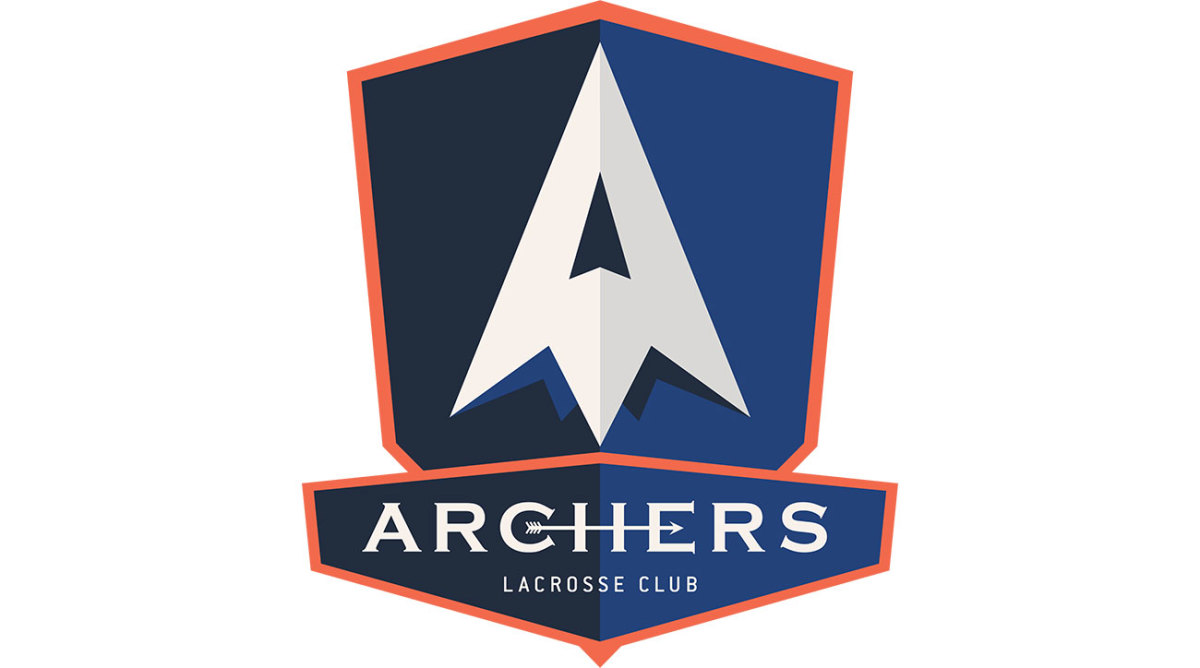
“This is a group that actually connects really well to the spirit and the style of the game and that’s of precision and craft. This group we see as one that has this regal feel because of the crest, it’s going to be comprised of players who put team in front of self and strive to win above all else. You can draw parallels to other professional teams with a selfless, egoless identity. That’s how we thought about Archers.”
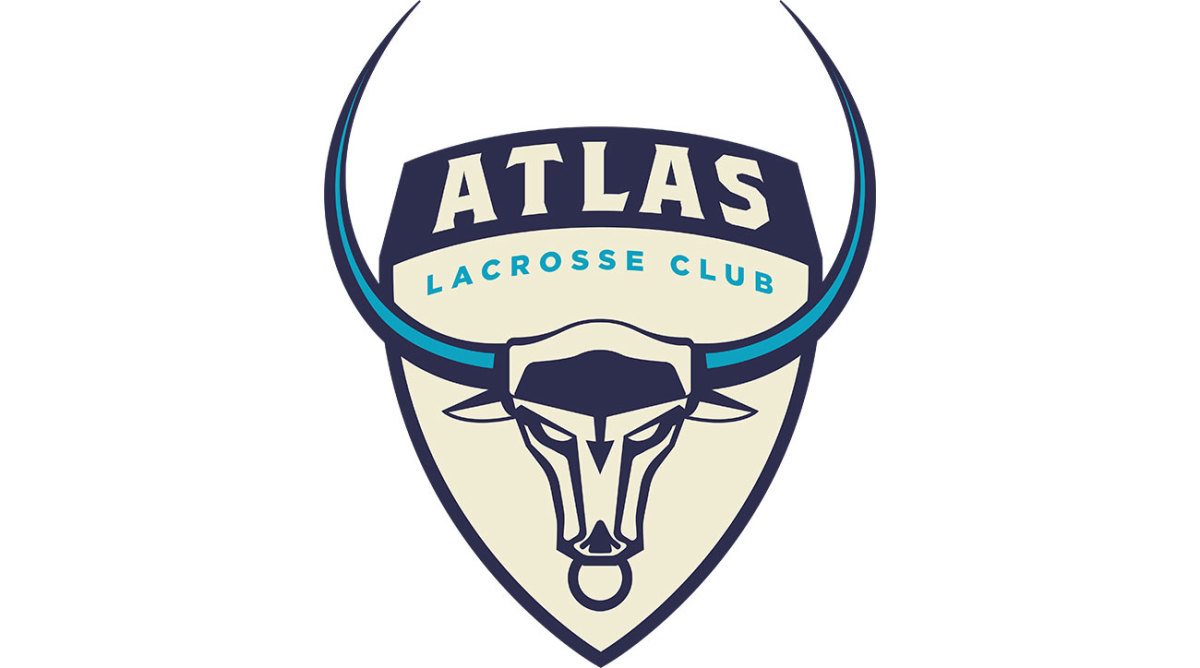
“With Atlas, it’s a big one. You’re capturing power and authority. Size, strength, triumph. When we think of atlas, it’s the force to be reckoned with. There are some of the largest athletes but also those that have this level of prominence around them that you either love or hate.”
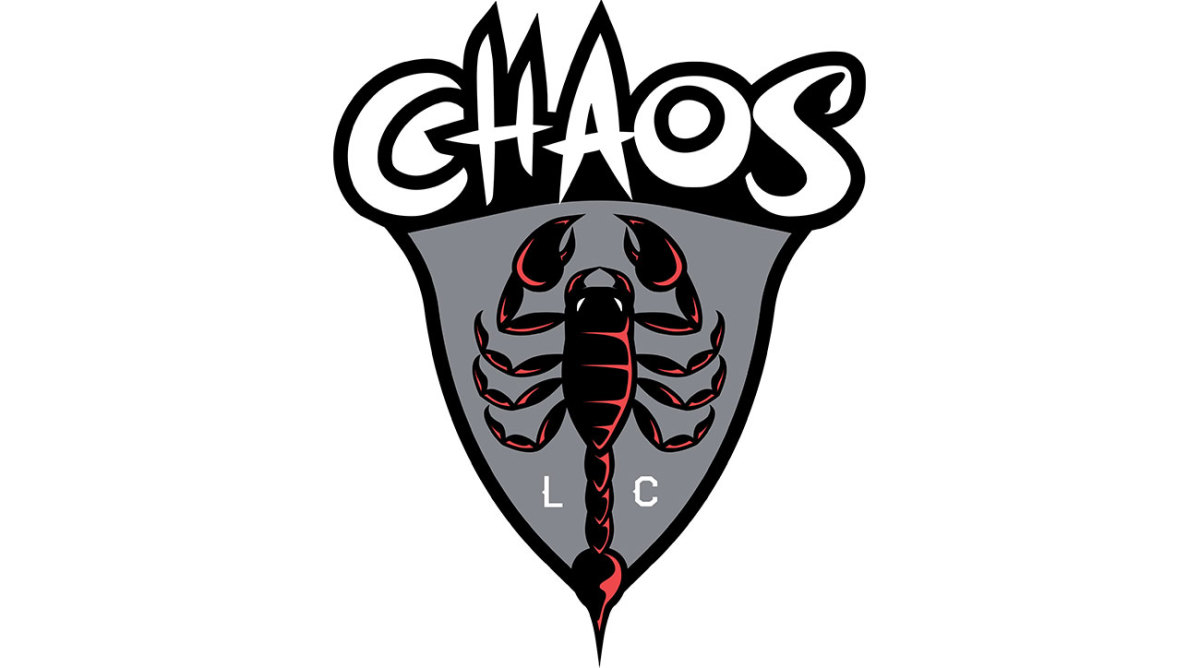
“When we think of Chaos Lacrosse Club, we think of our logo there which is a scorpion. They possess this sting and passion and unseen intensity. They’re probably a source of a lot of standout energy.”
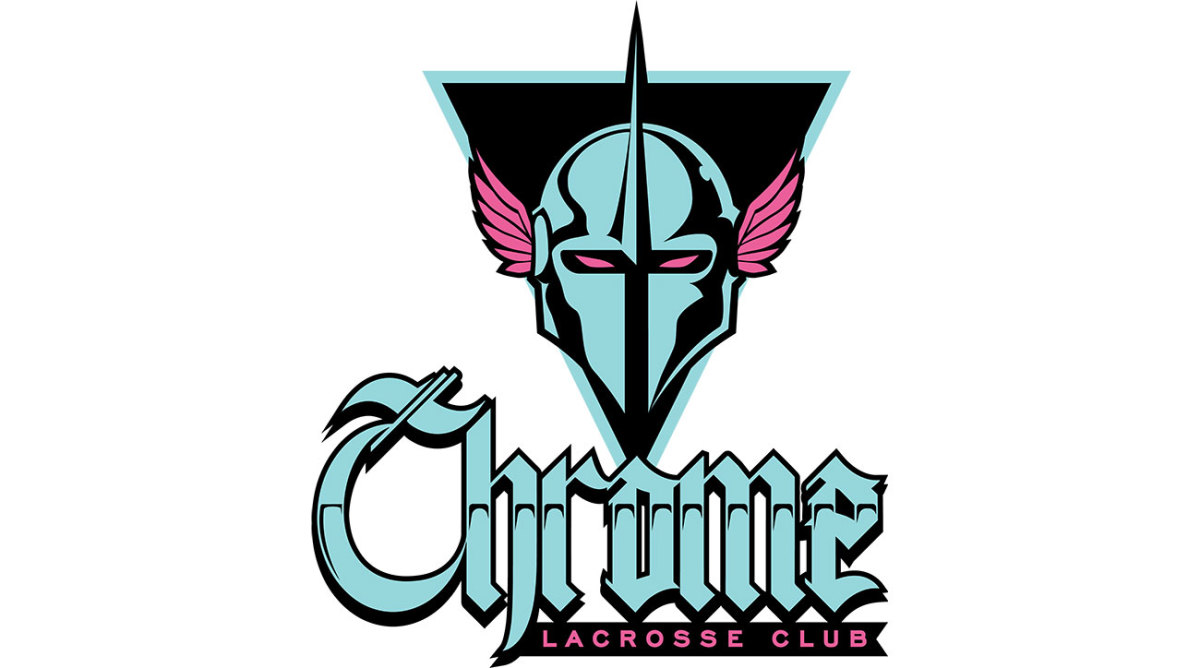
"The Chrome Lacrosse Club signifies that sort of knight in shining armor, that metallic strength and flair and that sense of preparing for battle. When I look at Chrome, there’s more flair than that of Atlas, but you look at two power teams there that likely clash around strength and size.”
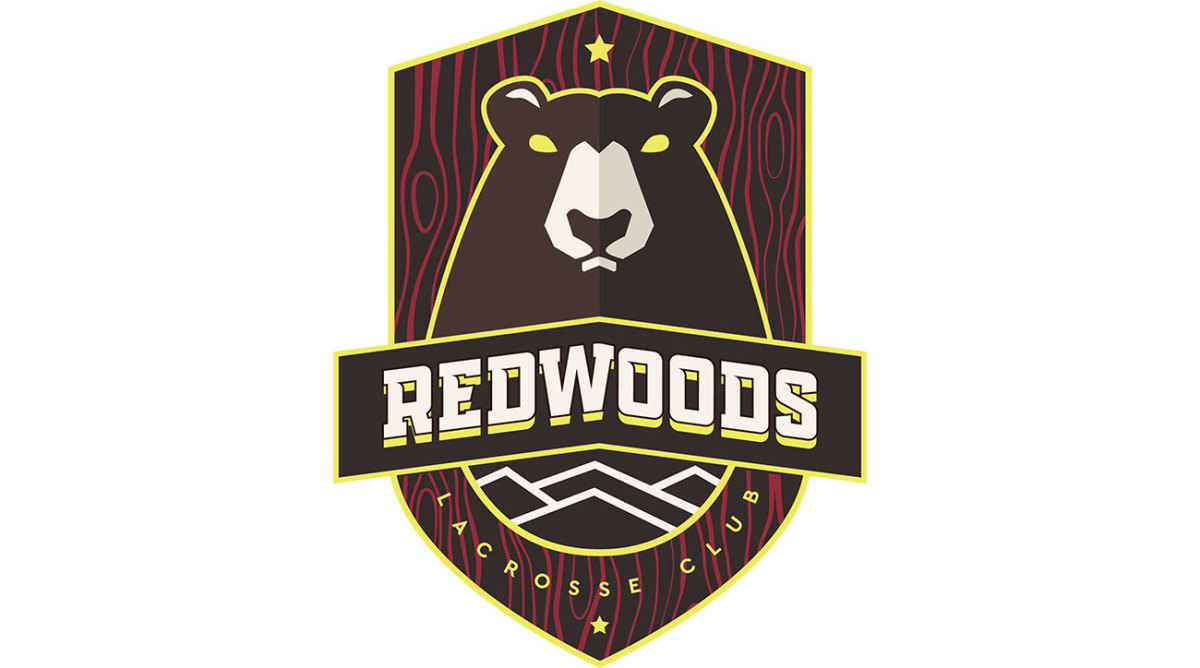
“That’s one that really captures topography a little bit more than maybe the others. We looked at Redwoods as one that is a group of leaders, both feared and admired, but who have tradition in the sport.”
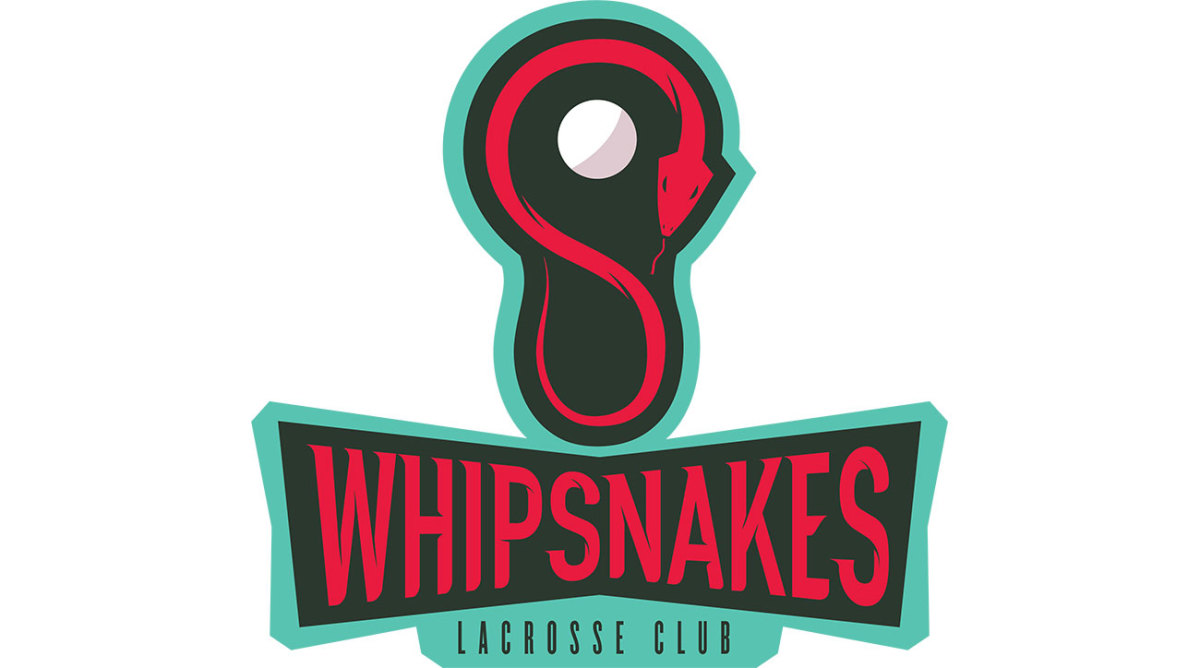
“Whipsnakes was a cool one, kind of like Archers, where the word-mark actually captures a lacrosse move for a fan. People often shoot with whip, so there’s this fluidity of motion and there’s the hint of venom. We think of a team with high maneuverability and the ability to attack often. High-horsepower, high-octane offense.”
The league’s goal is to disrupt the current professional platform for players–using new media and new tech and new names to change the professional lacrosse world and introduce something proprietary and progressive.
“It would have been easy for us to roll out a bunch of lacrosse logos and have a bunch of sticks and balls everywhere and helmets and stuff,” Rabil said. “But we wanted to try and capture something that could speak to people in sports and competition everywhere and then do our best as storytellers to relate that directly back to the game. It was ambitious but I think we enjoyed the challenge.”
